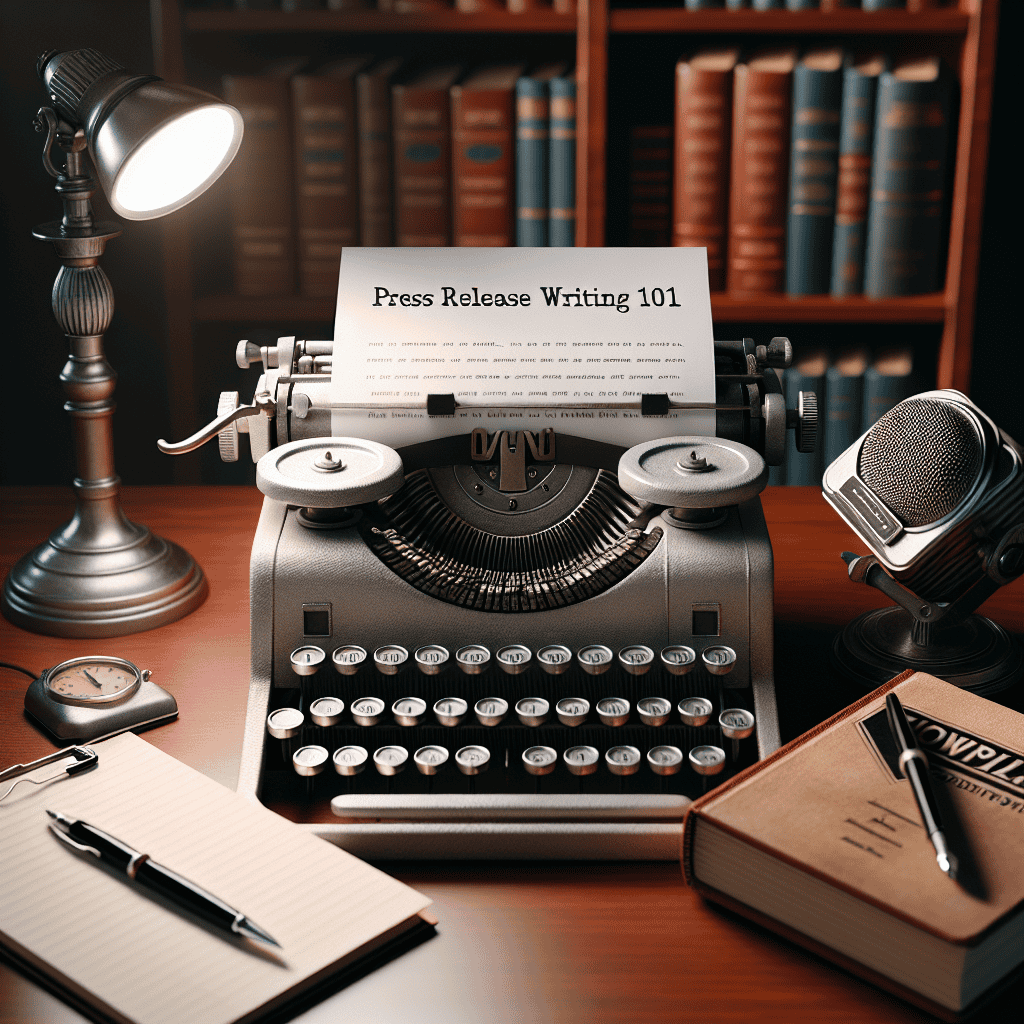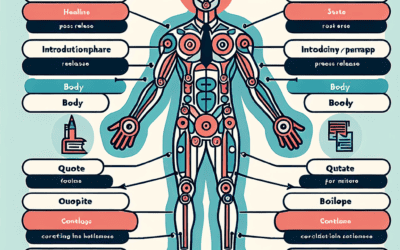In the digital age, press releases remain a powerful tool for communicating with journalists and gaining media exposure. However, crafting an effective press release is an art that requires understanding both the medium and the target audience. In this article, we’ll cover the fundamentals of press release writing, ensuring you know how to engage journalists effectively.
What is a Press Release?
A press release is a concise document that organizations use to announce newsworthy information to the media. Whether it’s the launch of a new product, a merger, a significant event, or any major development, a press release acts as a bridge between you and the reporters who can amplify your message.
Why Press Releases Matter
Press releases serve multiple purposes:
- Visibility: They help amplify your message and improve your brand’s visibility.
- Credibility: A well-written press release lends authority to your announcements.
- SEO Benefits: Using targeted keywords can enhance your online presence, allowing your news to appear in search engine results.
Understanding Your Audience
Before you start writing a press release, it’s vital to know who you want to reach. Your primary audience will be journalists and media outlets, but remember that your secondary audience is the readers of the publications you target. Understanding these two groups will influence your tone, content, and style.
Key Components of a Press Release
To engage journalists effectively, include the following key components in your press release:
1. Catchy Headline
Your headline is the first impression your press release makes. It should be catchy, informative, and contain your main keyword. Aim for clarity and conciseness, ideally less than 80 characters.
2. Dateline
The dateline includes the date and location of the press release. For instance, “FOR IMMEDIATE RELEASE: CITY, STATE – DATE.” This informs journalists of the geographical context of your announcement.
3. Introduction
The opening paragraph should summarize the essential details of your news: the who, what, when, where, and why. Journalists typically look for the most relevant information first, so get straight to the point.
4. Body Paragraphs
The body of your press release should expand on the introduction. Use quotes from key stakeholders, such as the CEO or experts in the field, to add depth. Incorporate relevant statistics, and describe how the news impacts your industry or community.
5. Boilerplate
A boilerplate is a short paragraph about your organization that provides background information. This should be consistent across all press releases, giving journalists context about your company.
6. Contact Information
Include your contact details at the end of your press release. This typically includes a name, phone number, and email address, making it easy for journalists to reach out for further information.
Writing Tips: Engaging Journalists
Here are some practical tips for writing a press release that captures the attention of journalists:
1. Keep it Concise
Journalists are busy and receive countless press releases daily. Aim to keep your press release under 400 words to ensure it’s digestible.
2. Focus on the News Angle
What makes your story unique? Highlight the newsworthy angle to catch the attention of reporters. Consider what will interest their readership.
3. Optimize for Search Engines
Incorporate SEO best practices by using relevant keywords in your press release. This will help improve its online visibility and increase the likelihood that it will be picked up by journalists searching for specific topics.
4. Use Actionable Language
Engage your readers by using strong, active voice verbs. Avoid jargon and overly technical language that could obscure your message.
5. Proofread Carefully
Errors in grammar or spelling can undermine your credibility. Always proofread your press release or have someone else review it before distribution.
Distribution: Getting Your Press Release Out
Once your press release is ready, it’s time to distribute it effectively. Consider the following options:
- Direct Email: Create a targeted list of journalists and editors who cover your industry and send them your press release directly.
- Press Release Distribution Services: Utilize platforms like PR Newswire or Business Wire for broader reach.
- Social Media: Share your press release on your company’s social media channels to gain traction and visibility.
Conclusion
Mastering the art of press release writing can greatly impact your organization’s outreach efforts. By crafting concise, engaging, and newsworthy releases tailored to journalists, you can effectively communicate your story and improve your chances of coverage. With a solid understanding of press release fundamentals, you’re now better equipped to capture the attention of the media and showcase your brand in the best light.
At USA Marketing Pros, we specialize in transforming your online presence with professional web design, SEO, and digital marketing solutions. Based in Arlington, VA, we proudly serve businesses across Northern Virginia and the greater Washington, DC area. Reach out to us today to see how we can help your business grow at (202) 888-5895 or visit us at 701 12th St S, Arlington, VA 22202.
Looking for a High Quality Press Release Writing Service? Discover our Press Release Writing Service
Check out all our Digital Marketing Services
Complimentary Strategy Call




0 Comments